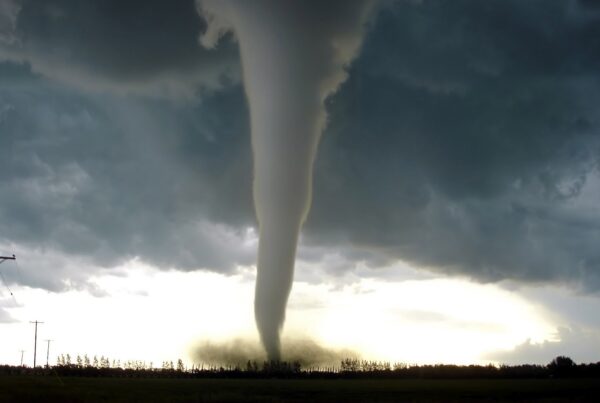As building inspection engineers we may not always see where opportunities exist for further use of our technical skills. Often we tend to see our services focused on permanently constructed facilities largely destined for occupancy by humans. But other structures obviously exist and the need to examine them can be an untapped market.
In recent times, temporary structures have been problematic. Failures have included collapse in high wind gusts during concerts, as well as the discovery that temporary housing associated with natural disasters may not have the durability to withstand the lead time needed to provide more permanent housing solutions. In every case the examination of such construction may have helped reveal shortcomings related to the intended performance of the structure.
My personal experience with temporary structures involves event tents and temporary floors to be utilized for a variety of events including weddings and fund raisers. In my market these facilities are often provided by companies staging big events including with their services everything from the facility to entertainment to food. In order to provide some magnitude of such structures, provision of the temporary facility itself and preparation of the site to receive it can sometimes run as high as $250,000. It’s an extraordinary amount of money for a one day event, but in many cases funds garnered for a charity event held in such a facility may far exceed the cost of the temporary structure.
Recently I examined one such installation. The work included nearly 25000 square feet of flooring covered by some 5 separate tent structures. Keep in mind that these tents are not your typical “circus style” tent. These are fire rated fabric structures supported on aluminum frame bents, sometimes including glass curtain walls.
Let’s consider for a moment the requirements pertinent to Temporary Structures in New York State. Obviously such structures are regulated by how each jurisdiction opts to consider and enforce various requirements. I expect some parts of the country leave such structures entirely unregulated while in New York there is considerable attention paid to how such construction is assembled.
One of the main distinguishing features of Temporary Structures in my jurisdiction is the definition of “temporary”. If it’s erected for less than 180 days it is temporary. The state building code also calls for obtaining a permit for such construction if it is more 120 square feet and intended to be occupied by 10 or more people. Construction documents, clearance to other structures, and means of egress are all expected to be addressed in the planning and assembly of such temporary structure. When it comes to tents and membrane structures, compliance with the New York State Fire Code is also required.
How the engineer providing inspection services for such temporary structures arranges such services is a matter of what the client needs, what the code enforcement agency expects, and what the engineer is prepared to provide. In many years of providing temporary structure inspection services almost exclusively in contract with the same event staging company, what I must do is pretty clearly defined for both client and code enforcement people.
For the jurisdictions in which such structures are typically erected in my area, code enforcement authorities typically expect me to inspect the temporary floor structure for compliance with the company’s design. Usually other issues about the tents themselves, means of egress, hand and guard rails, etc. are characteristically done by the code enforcement officer during his/her site inspection.
When I first began providing these services to my client, I discussed with them the method they used for building temporary floor structures for their tents. They use a panelized floor system of their own design, typically supported on cribbing or wood blocking, or occasionally supported on metal scaffold frames. Cribbing, blocking, or frames are utilized depending on the elevation of the floor and the terrain over which the temporary structure is to be erected.
Past analysis on my part has determined what configurations are necessary in order to achieve the required live load capability for the temporary floor structure. Inspection simply means ensuring no deviation from the “approved” erection methods. Should I find discrepancies I will contact the job supervisor at the site to arrange correction. Occasionally a good reason exists for the non-compliant situation (e.g., continued access is needed during the preparation) and I will return on a day closer to the event to ensure the situation has been corrected.
Once I have satisfied myself that the work conforms with the accepted and standardized design and construction approach, I draft a letter reporting my findings. While my report letters do incorporate a template structure to make their preparation easier, tailoring for a specific job is nearly always a necessity.
Submission of the letter to the local building code official demonstrates that the tent and event services provider has made their best effort to ensure the installation complies with the temporary structures part of the building code.
*This article has been posted in the Summer 2012 edition of The Examiner.


